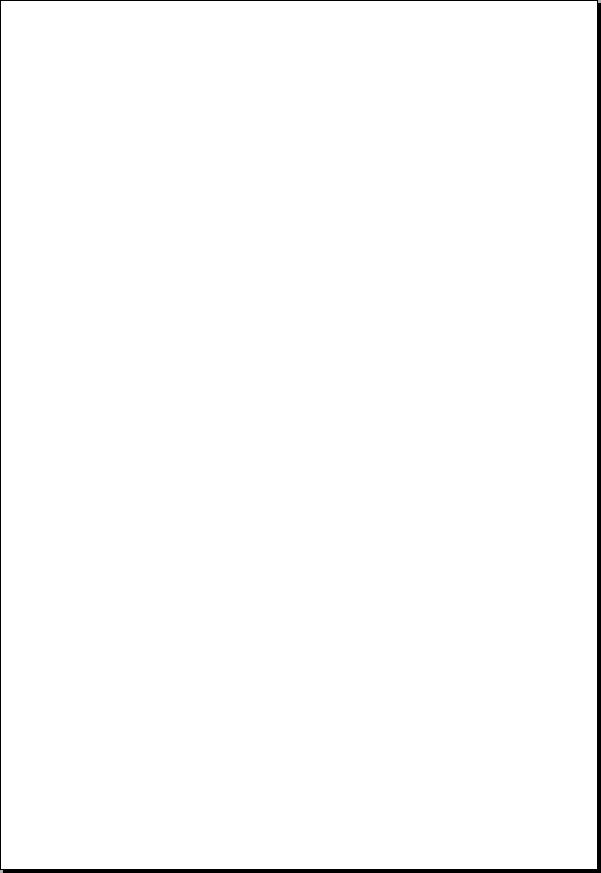
March 1622, a few months before the first English ship sighted the coast. Called the Tryai, she
became the first English shipwreck, striking a reef near the Monte Bello Islands, off Western
Australia. Five years later another Dutch ship ventured along the southern coast of Australia,
between Cape Leeuwin and what is now Streaky Bay, skirting the Nullarbor Plain. But the
south-east corner (Victoria and New South Wales), as well as the long eastern reach of
Queensland, would remain hidden for more than a hundred years.
Australia was very slow to reveal itself. Van Diemen's Land was stil! thought to be part of the
mainland in 1788, and the First Fleet sailed cautiously sour/7 of Tasmania. It was left to George
Bass and Matthew Flinders to prove Bass's theory that Van Diemen's Land was an island (by
sailing around it) and to explore the coast of Victoria in 1798-99. Flinders then went on to
verify that Australia was an island continent, by circumnavigating it in 1801-03.
The discovery of the Bass Strait provided ships bound for Sydney with a short-cut, albeit a
dangerously stormy one. It was traversed by Lt Grant of the Lady Nelson in 1800 - he named
Cape Otway. But the narrow entrance, the Rip, that led to the 30-mile wide inland harbour iater
called Port Phillip Bay, was missed.
It was found and entered by Grant's successor, Lt John Murray RN, early in 1802. He wrote:'A
most noble sheet of water... with many fine coves and entrances in it, and the appearance and
probabilities of rivers.' Lt Murray nosed
103
about in the Lady Nelson's launch, exploring the shoreline, eastwards and westwards, as far up
as the future site of Frankston on the eastern shore of the bay and that of Geeiong to the west.
He and his men were the first Europeans to see the western shores of Port Phillip Bay, and to
be seen by the aborigines who dweit around a smaller bay, later called Corio.
!n March 1802, Lt Murray took forma) possession of his discoveries, raising a new flag called
the Union Jack - the first time it was to fly over any part of the British Empire.
Murray was followed ashore in May by Matthew Flinders, eastward bound around Australia.
He climbed hiils, the better to assess the unknown country, and from the highest peak of the
You Yangs, which he named Station Peak (later it was renamed after him), he looked south to
Corio Bay and the land that would within a hundred years contain the second largest city in
Victoria - Geeiong. He liked what he saw. The land had 'a pleasing and in many parts a fertile
appearance' and was 'capable of supporting much cattle, though better calculated for sheep'.
Flinders was then 28, a vigorous and prescient Scot, who would be arrested by the French
when his ship later Sanded at Mauritius {France and England were then at war). He was
imprisoned there for six years. Released in 1810, he returned to England, dying there four years
later.
Governor Phiiip Gidley King in New South Wales, already locking for a new site for a convict
settlement and keen to forestall French colonial interest in the southern coast, had the area of
Port Phillip Bay surveyed in January 1803, and a hastily assembled expedition was sent by the
British Government to lay claim to the land.
It arrived in October: two ships, the Ocean and Calcutta., containing over 300 convicts, plus
wives and children, 45 settlers and their families, and 50 soldiers. The colonists were led by Lt
Col David Collins, who chose a pretty bay on the southern arm of Port Phillip Bay as a
settlement. It was east of the Rip and near what is now Sorrento. He called it Sullivan Bay.
Some seven months later the settlement, the first in Victoria, was abandoned, and the

